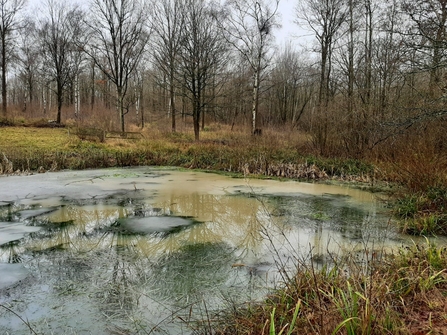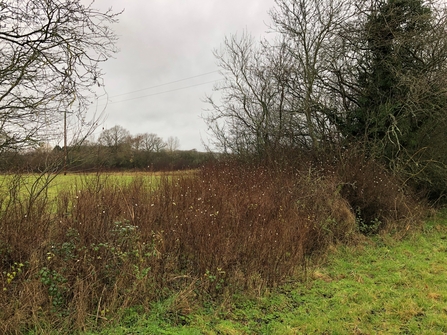Who knew you’d need rowing skills for a conservation traineeship? Not us, that’s for sure! Yet a boat plays a key role in helping to control and manage the spread of invasive aquatic weed species across many of Worcestershire Wildlife Trust's nature reserves.
One such invasive species is the New Zealand pygmyweed Crassula helmsii found in the pond at Trench Wood as well as at other sites. This weed creates an incredibly dense, carpet-like surface across the pond, displacing other aquatic species, compromising water quality and unbalancing the biodiversity of the pond overall. If left unmanaged, this weed would eventually take over and choke the entire pond.




